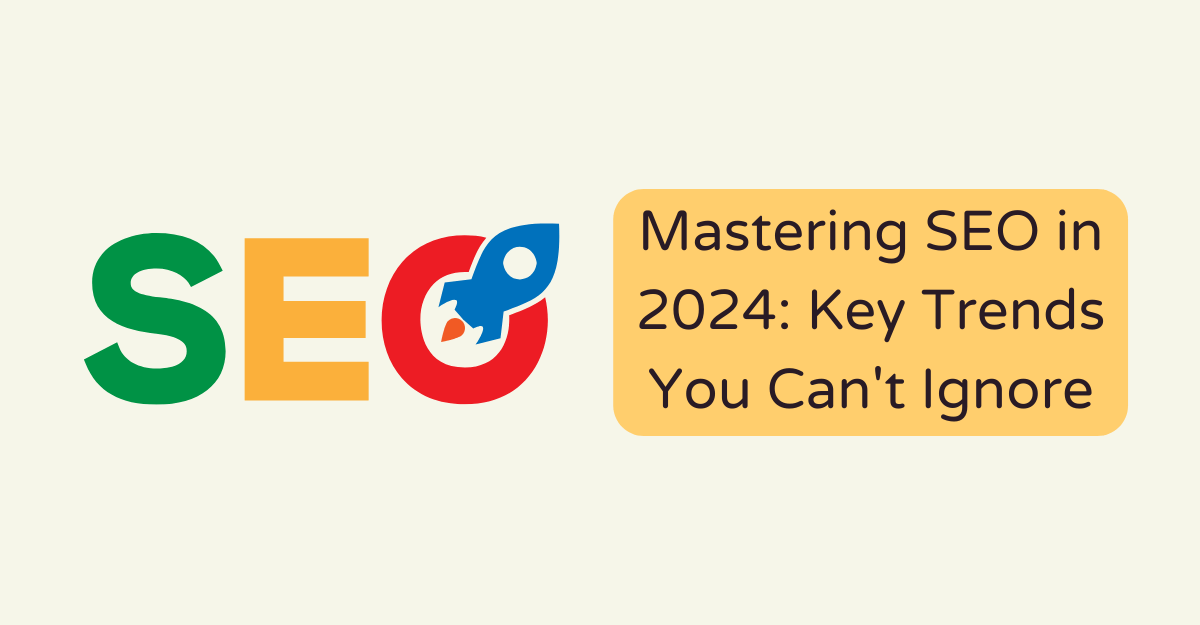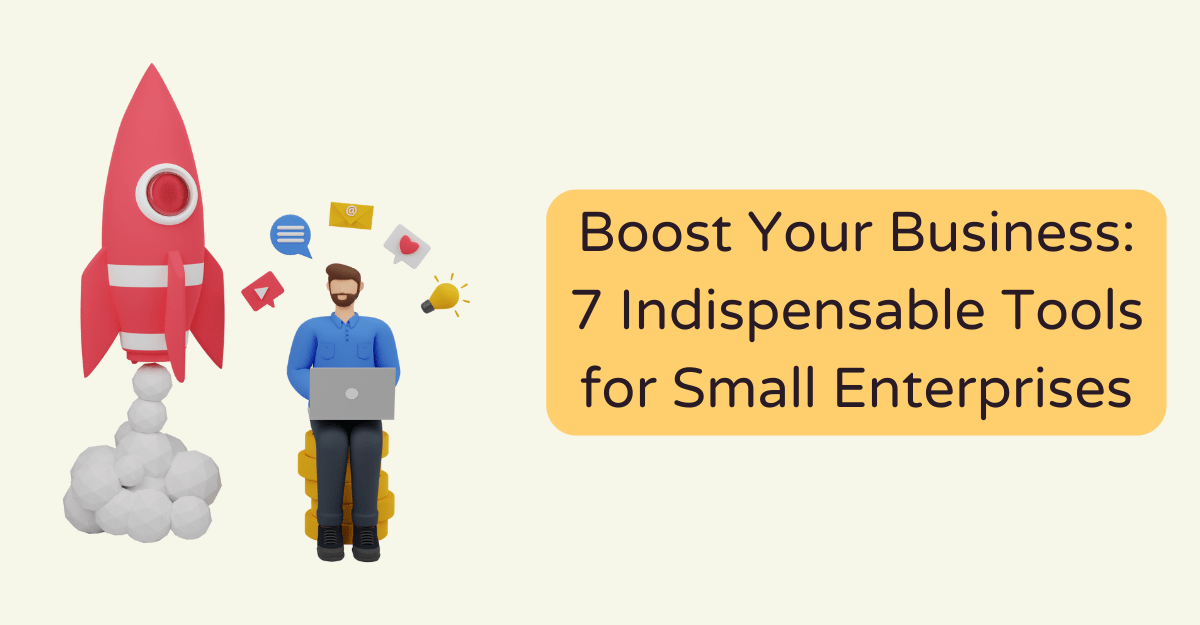
SEO is constantly evolving as search engines like Google introduce new updates and innovations to serve users better. 2024 promises to bring even more changes that will impact how marketers approach search engine optimization. From deeper integration of AI to a renewed focus on quality content, the techniques that worked in the past may no longer yield the results you need.
As the digital landscape transforms rapidly, staying ahead of the curve is crucial for SEO success. But keeping up with all the latest trends can feel overwhelming. This guide cuts through the noise to highlight the most important SEO developments for 2024.
Why Is SEO More Important Than Ever?
One important thing to know about SEO is that, in contrast to sponsored search ads, it takes longer to see results. It usually takes six to twelve months for an SEO effort to begin producing noticeable outcomes. For long-term objectives like increasing brand awareness, SEO is, therefore, a better fit than short-term marketing.
Brands looking for instant results are better off using paid search ads, which provide more direct and immediate responses.
Google determines organic search rankings by considering factors like the quantity and quality of backlinks to a page, how relevant the page content is to search queries, and the website’s bounce rate. Pages that score well on these indicators will rank higher in organic search results.
While SEO takes time, the traffic it generates can eventually lead to increases in important metrics. Organic traffic tends to be higher quality since people are actively searching for information. They are more likely to spend meaningful time on pages that provide good solutions.
For brands, having visitors who engage more deeply indicates a higher chance of conversions like purchases.
SEO is effective for increasing brand awareness over the long run. It enables you to reach out to new audiences with informative, troubleshooting content. This can benefit companies that want to grow globally.
While international advertising brings challenges, understanding local search behaviors and adapting content accordingly can make SEO successful in new markets. Analyzing search patterns is key to developing messages that resonate.
Suppose a pizzeria based in the United States plans to announce the upcoming launch of a new branch in Canada.
To effectively reach their intended audience, they must ascertain the search terms Canadians typically use when looking for freshly made pizzas on Google. This involves identifying variations in the search terms used by their American customers. The pizzeria can enhance its SEO rankings by grasping these distinctions and tailoring its content accordingly.
Key SEO Trends in 2024
#1 Google’s Enhanced Search Capabilities
Google’s enhanced search capabilities through technologies like SGE and AI are transforming the SEO landscape. With SGE, many user searches can be directly addressed within search results pages rather than external websites, potentially reducing traffic to traditional informational sites.
Simultaneously, Google is strengthening its position in e-commerce by enriching product metadata and integrating online and in-store shopping experiences, posing a serious challenge to Amazon’s dominance.
SEO strategies now need to focus on AI to differentiate in this evolving environment. Autonomous systems and semantic ontologies will set new standards, requiring brands to leverage detailed knowledge frameworks within their content.
According to a survey conducted in February 2023, nearly half of adults in the United States expressed interest in AI-powered online search products and other AI-related offerings. Established mainstream services such as smart assistants and roadside assistance were mentioned by 48% and 44% of respondents, respectively.
As AI generates more content and automation continues advancing, SEOs must develop creative tactics to ensure their clients’ messages resonate distinctly. Content should meaningfully engage audiences through a human-centric approach even as machines take on more authorship responsibilities.
The rise of sophisticated AI underscores the need for SEO strategies to incorporate advanced technologies while prioritizing genuine human engagement. Those who can strategically apply AI semantics and knowledge representation while creatively optimizing for people will gain an edge in this new AI-driven search landscape.
#2 PageSpeed Optimization
According to Connection Model, page speed refers to how quickly the content on a webpage is rendered and displayed for users. It encompasses several technical aspects of loading a page, from the initial network request to the full rendering of all content and elements.
Factors like page size, number of requests, server response time, and JavaScript execution all contribute to overall page speed.
Now you must be wondering, how does PageSpeed affect SEO? Well, it is extremely important for search engine optimization and user experience.
Search engines like Google actively measure page speed through metrics like Core Web Vitals. These metrics evaluate how fast the main content loads (Largest Contentful Paint), how responsive a page feels (First Input Delay), and whether any unexpected content shifts occur (Cumulative Layout Shift).
Google has stated that page speed, as reflected by Core Web Vitals, will be a direct ranking factor starting in 2023.
The primary Core Web Vitals metrics capture different aspects of the user’s initial page-loading experience. Time to First Byte and First Contentful Paint measure the initial response from the server and first content rendering. They help identify any network or server-side delays.
Total Blocking Time examines what could be blocking interactivity to impact the First Input Delay. Understanding these underlying technical page speed metrics is crucial for optimizing Core Web Vitals and search engine rankings.
By focusing on analyzing and improving page speed scores for Core Web Vitals, businesses can enhance the user experience on their website. Faster pages also mean higher conversion rates and more time on-site for users.
#3 User Intent to Improve Search Rankings
Matching the intent behind a user’s search query has always been an important ranking factor for search engines. As search algorithms continue to evolve, the ability to understand and satisfy a user’s goal is growing in importance.
Google’s recent search quality rater guidelines emphasize the focus on correctly interpreting search intent. Providing users with results that are precisely relevant to what they aim to accomplish during a search session leads to better experience and engagement.
For example, consider a user searching for “best running shoes.” If the top search result directs them to a single product page rather than a comprehensive list or review of high-quality running sneakers, it fails to meet their intent. As a result, the user will likely leave the page dissatisfied without finding what they sought.
High bounce rates signal to search algorithms that the page did not fulfill the purpose of driving the user’s query. Google and other search engines will then rank pages lower that do not accurately match search intent.
On the other hand, content that deeply understands an information need and provides targeted, helpful responses will see improvements in search performance over time.
For website owners and marketers, focusing content development and optimization efforts on discerning unique user goals and creating fulfilling experiences has become increasingly important to achieve top search rankings. Satisfying search intent enhances both the user experience and performance metrics that search algorithms prioritize.
#4 The Growing Appeal of Headless CMS
The rise of AI technologies will further increase the appeal of headless content management systems (CMS) in 2024.
AI enables content to be surfaced and displayed innovatively across different channels by leveraging technologies like generative AI.
Headless CMS separates these functions, unlike traditional CMS, which tightly couples the content storage and presentation layers. This separation allows developers and SEOs to utilize various technologies to display content on websites, mobile apps, IoT devices, and beyond through APIs.
Such flexibility is invaluable for multi-channel marketing in today’s digital landscape, where audiences move fluidly across platforms like TikTok. Headless CMS, therefore, offers tremendous opportunities for consistent, high-quality omnichannel marketing.
The generative age demands flexible and adaptable content platforms, which headless CMS is uniquely positioned to provide.
At the end of the day, search is about connecting people with the information they need. So as the machines get smarter, we’ll have to get smarter too – really understanding what people are looking for and how we can help them. That means content that shows we care about solving their problems, not just getting clicks.

